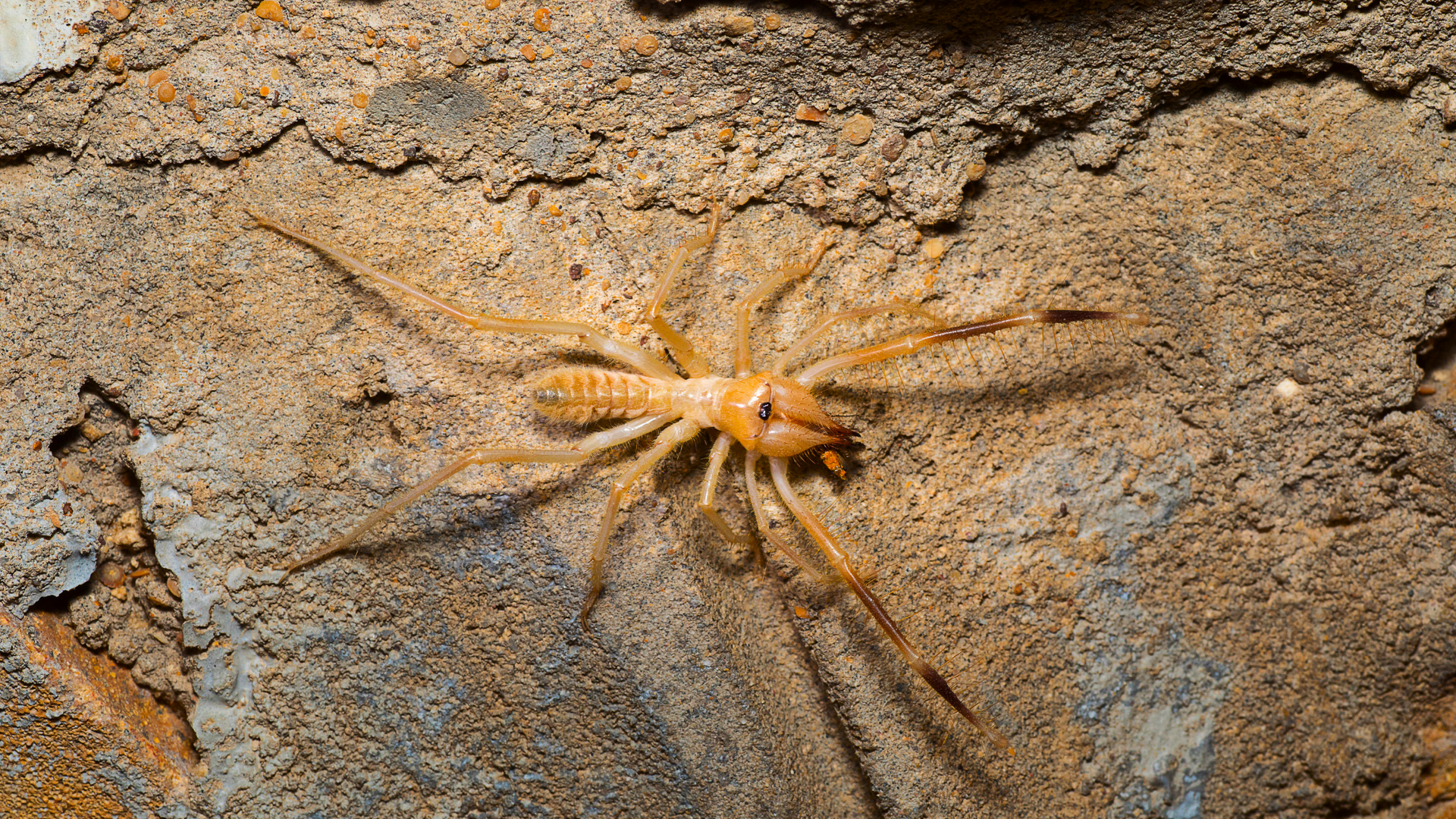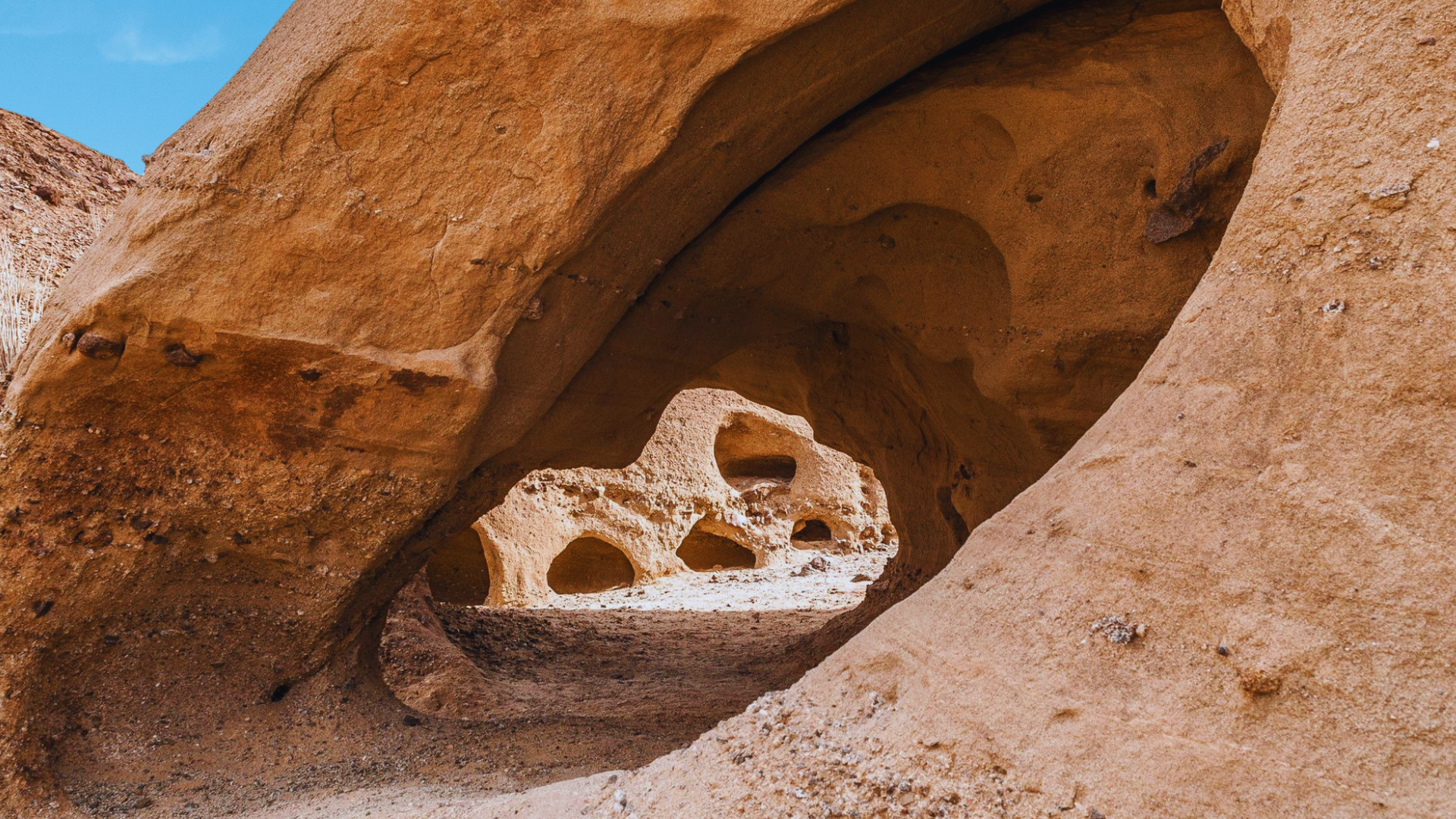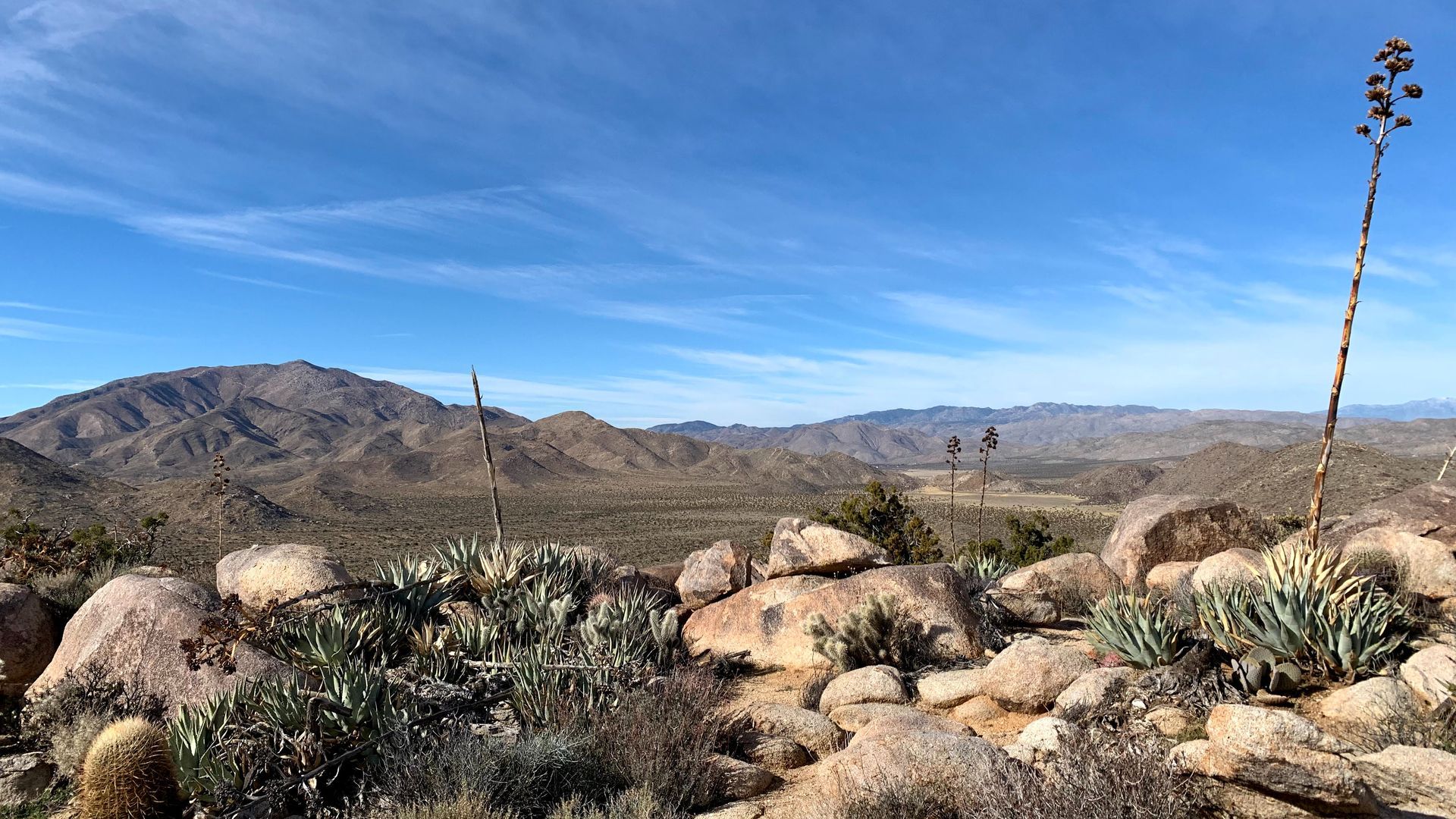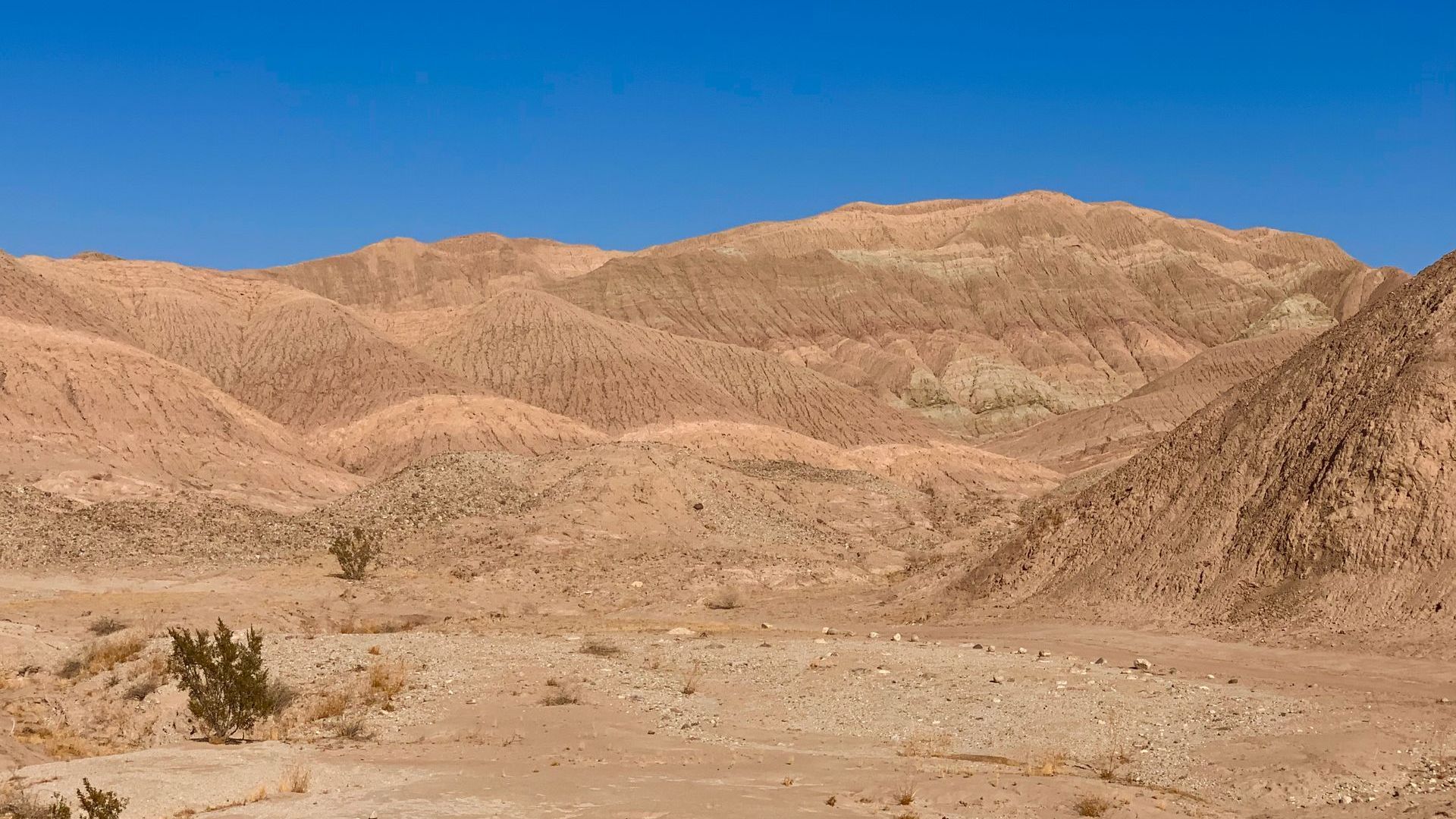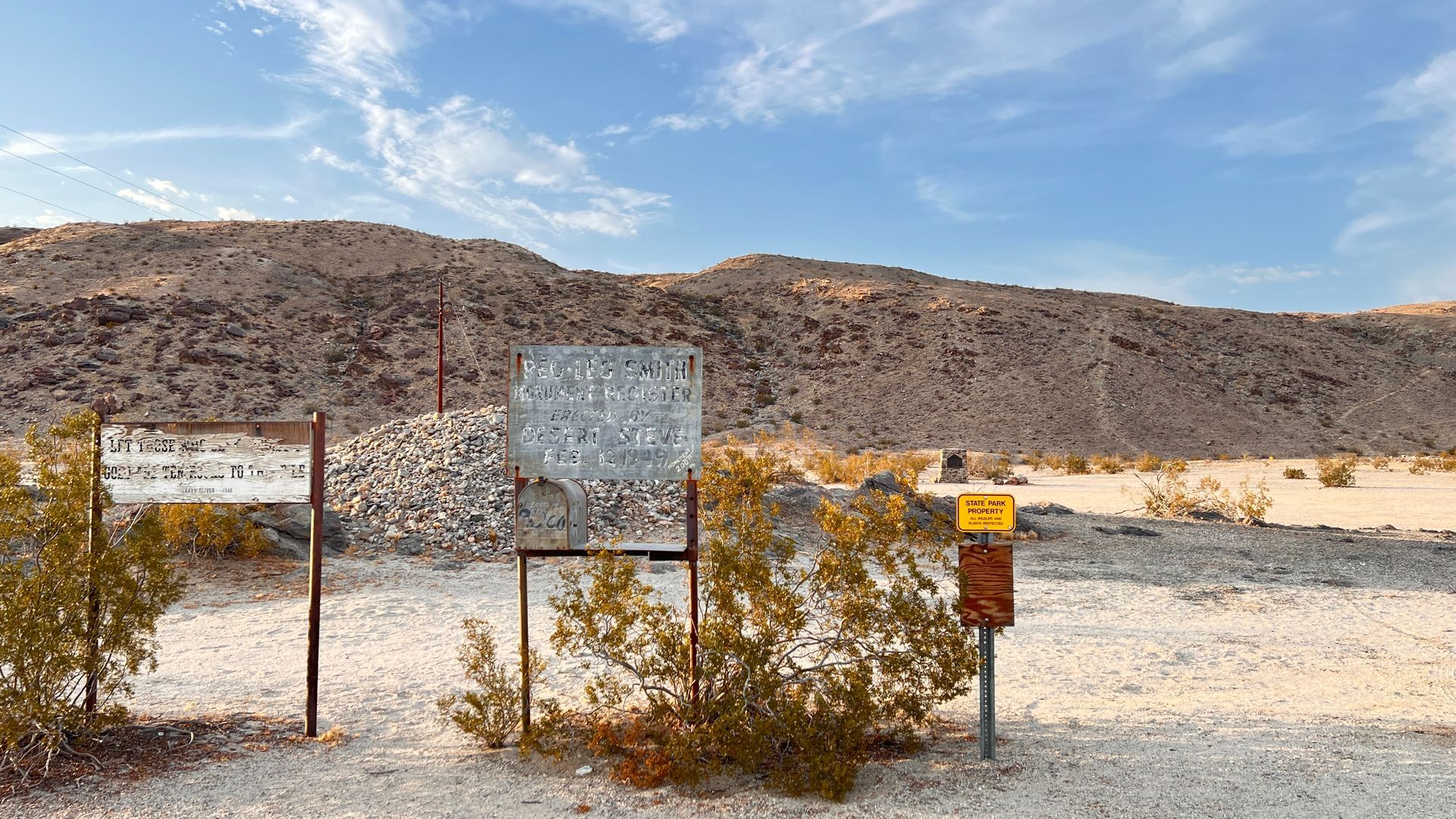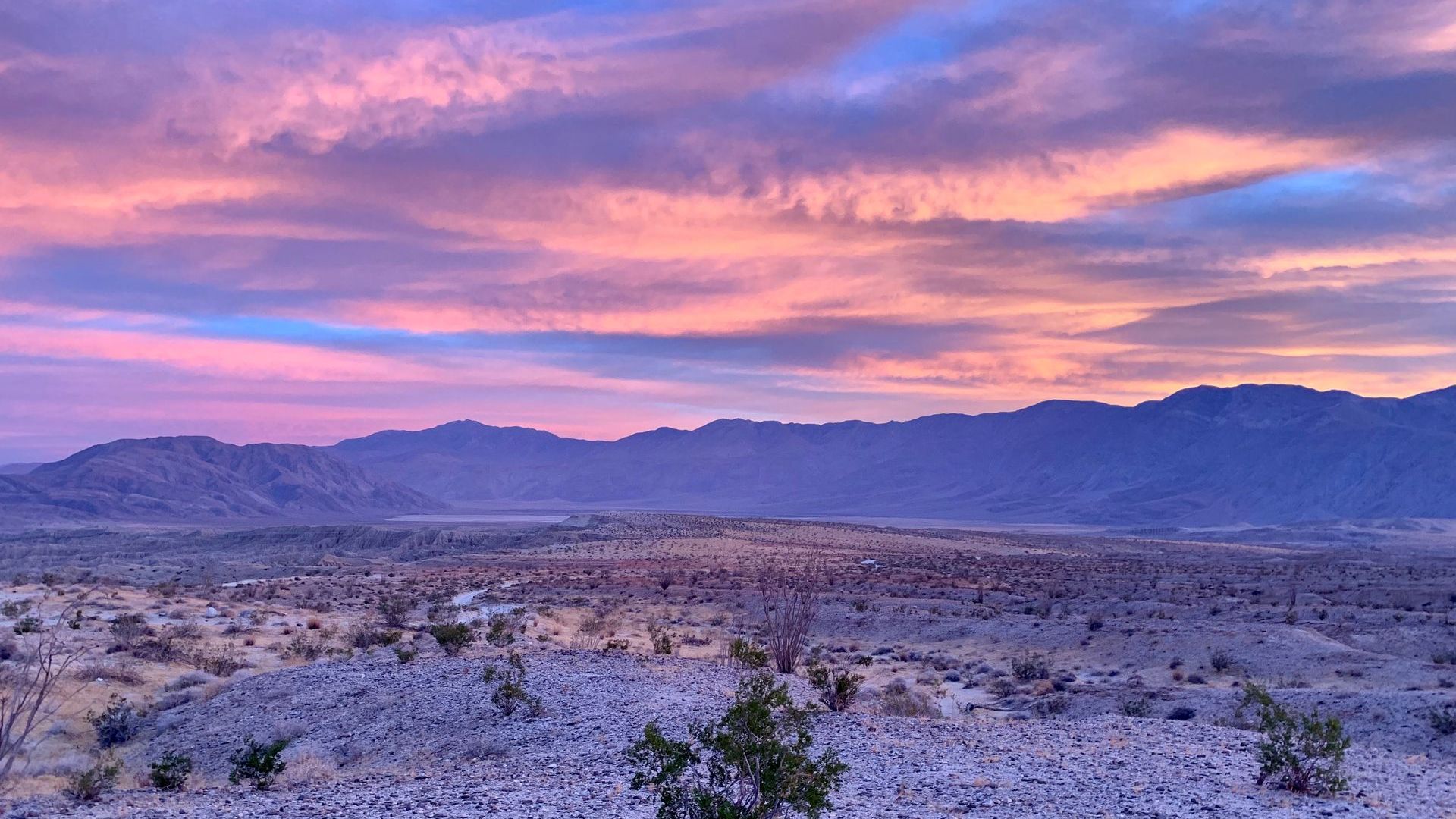Hadrurus anzaborrego: Scorpion Finding
Share
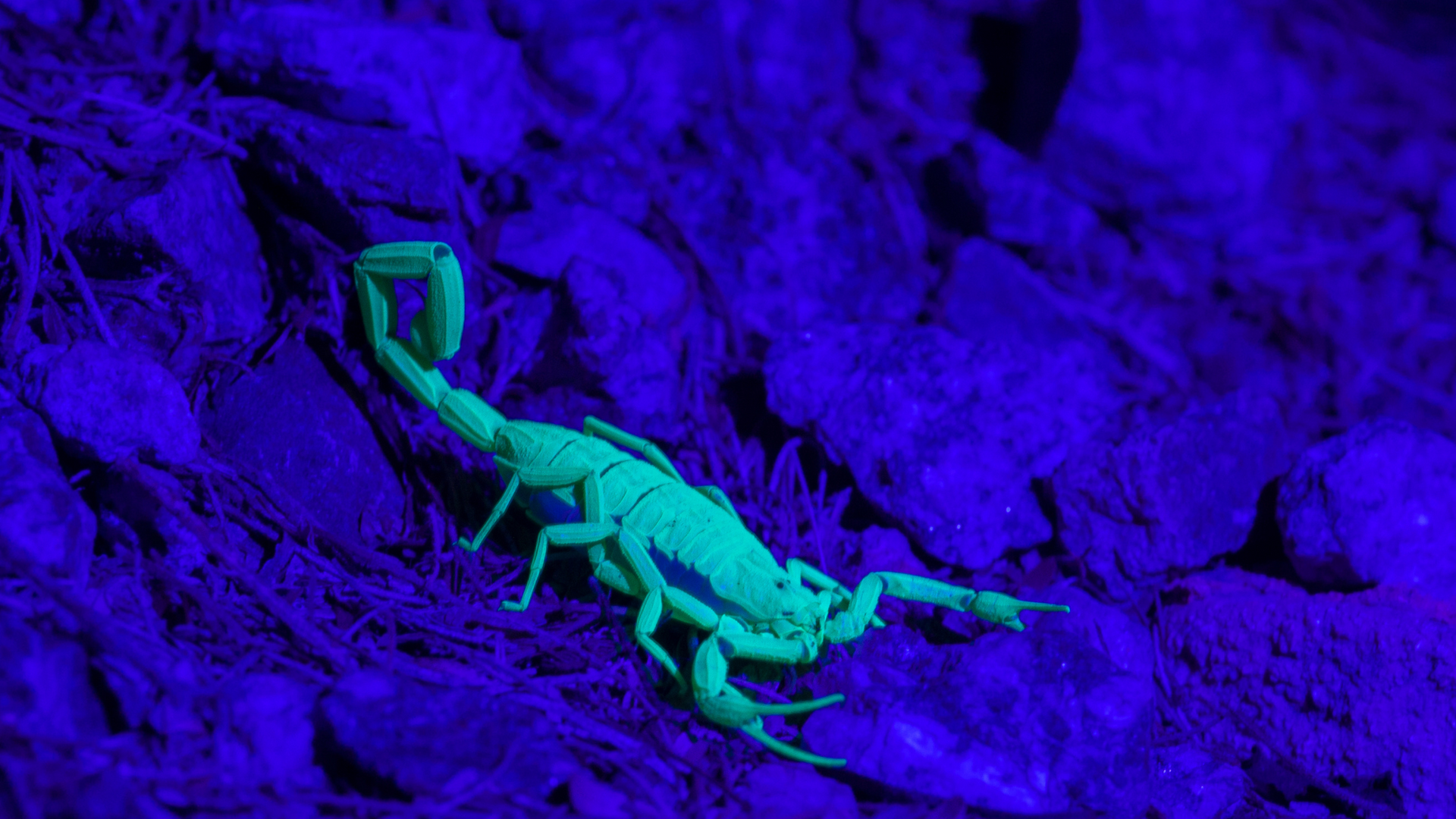
Ever wondered how to spot the elusive Hadrurus anzaborrego, also known as the Anza-Borrego desert hairy scorpion?
Native to the Anza-Borrego Desert in California, this nocturnal creature is one of North America’s largest scorpions, with some specimens reaching up to 5 inches. Let’s talk about its unique characteristics, including its natural fluorescence under black light, and how to safely observe it in its natural habitat.
The Hadrurus Anzaborrego: A Nocturnal Giant
The Anza-Borrego desert hairy scorpion (Hadrurus anzaborrego) is one of the largest scorpions in North America, typically reaching lengths of about 4 to 6 inches. This impressive arachnid thrives in the hot, arid conditions of the Anza-Borrego Desert and is most active during the cooler nighttime hours.
Despite its large size, spotting this scorpion can be difficult due to its yellow-brown coloring, which provides excellent camouflage against the desert floor. Here are a few more interesting facts about this nocturnal giant:
- Habitat: The desert hairy scorpion prefers rocky areas, burrowing in sand or under rocks to escape the extreme desert heat during the day. It’s typically found throughout the southwestern U.S. deserts, including the Anza-Borrego Desert in Southern California.
- Diet: As a carnivorous predator, it feeds on a variety of insects, spiders, and even small lizards. It uses its powerful pincers to catch and crush prey, followed by injecting venom to subdue them.
- Venom: While it does have venom, its sting is relatively mild and generally harmless to humans, similar to a bee sting. The venom is used primarily to immobilize prey rather than for defense.
- Nocturnal Nature: This species is primarily nocturnal, becoming active after dark when the desert cools. It has adapted to these conditions, staying hidden during the hot desert days and emerging at night to hunt.
- Unique Features: The “hairy” in its name comes from the tiny hairs that cover its body and pincers. These sensory hairs are highly sensitive, allowing the scorpion to detect the slightest vibrations in the ground, helping it locate prey.
Spotting the Anza-Borrego desert hairy scorpion is a rare treat for desert explorers, especially during nighttime excursions in the Anza-Borrego Desert State Park.
The Secret to Spotting: Black Light Technology
What sets the Hadrurus anzaborrego apart is its remarkable ability to glow under a black light. Scorpions, including this species, have a natural fluorescence that becomes visible under ultraviolet (UV) light. This glow is caused by certain compounds in their exoskeleton that react with UV light, making them easier to spot in the dark.
How to Use Black Light for Scorpion Spotting
To maximize your chances of spotting the Anza-Borrego desert hairy scorpion, follow these simple steps:
- Turn off all other lights: Make sure the area is as dark as possible, as other light sources can interfere with the UV light.
- Shine the black light on rocky areas, crevices, or desert floors: These are prime habitats where the scorpion might be hiding.
- Look for the glow: The scorpion's exoskeleton will fluoresce in shades of blue or green under the UV light, making it stand out against its surroundings.
This method is effective because the scorpion's natural camouflage is bypassed by the UV fluorescence, revealing it to the human eye, even if it's tucked away in a dark crevice.
Safety First: Observing from a Distance
While the Hadrurus anzaborrego's venom is not particularly dangerous to humans, it can still sting, and some individuals may have allergic reactions. Always observe from a safe distance, and avoid direct contact with the scorpion. If stung, monitor the area and seek medical attention if any adverse symptoms develop.
Try It Yourself: Get a Black Light
If you're planning a nighttime scorpion-spotting adventure, a UV black light is essential. These tools are relatively inexpensive and enhance your desert exploration experience.
We suggest buying a few of these, trust me you won’t regret it: Buy Now
